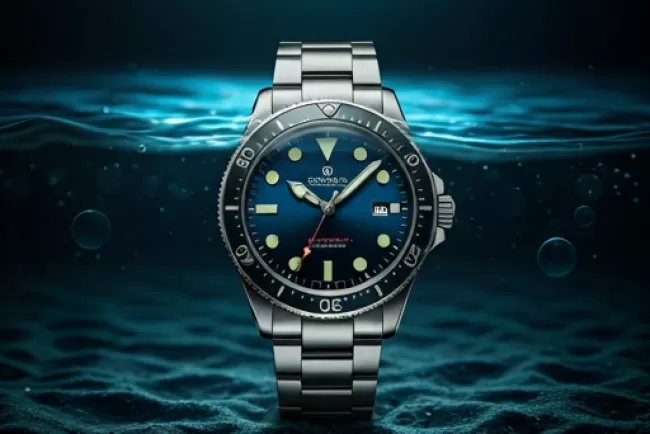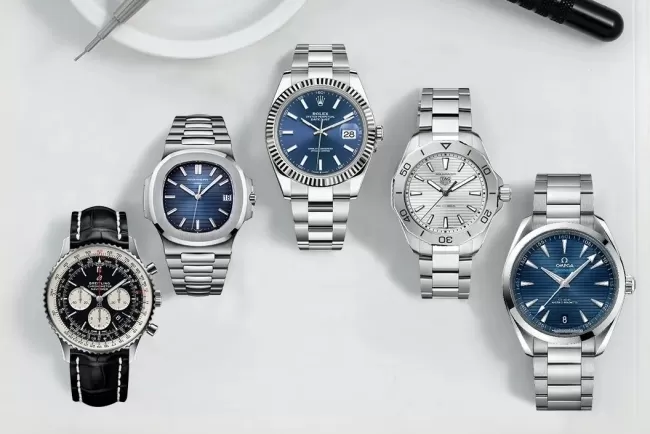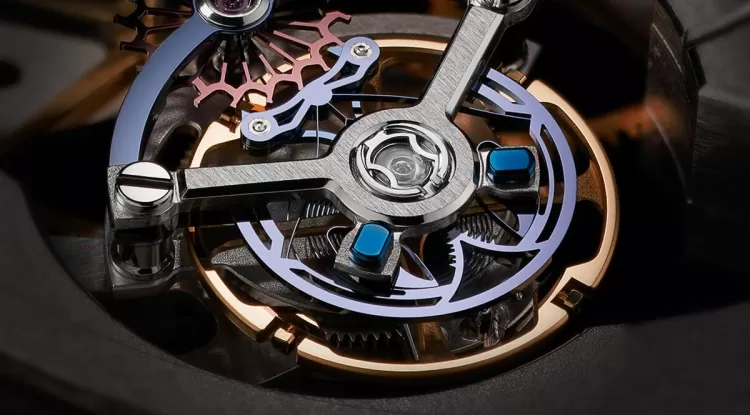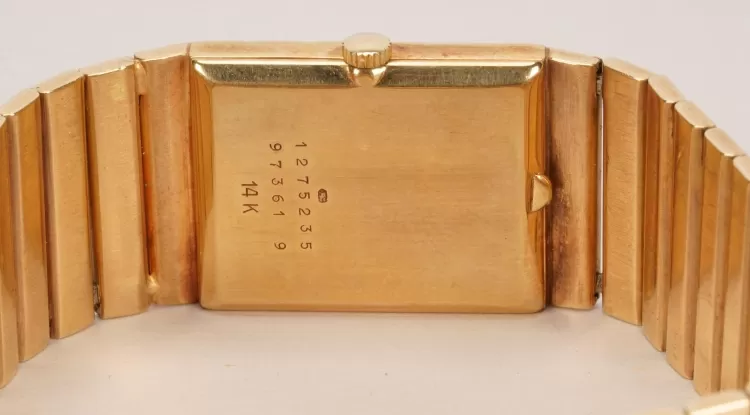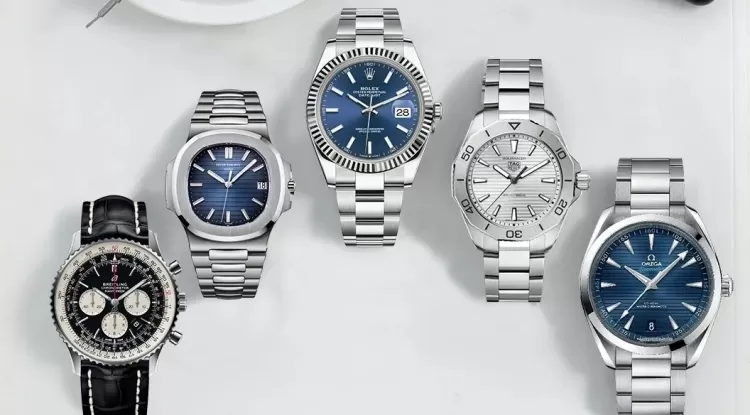Patek Philippe’s Historical Role in Watchmaking
Explore the prestigious legacy of Patek Philippe and its defining role in the evolution of Swiss watchmaking. From royal wrists to groundbreaking complications.

When it comes to luxury watchmaking, few names carry the prestige, influence, and historical weight of Patek Philippe. Founded in 1839 in Geneva, Switzerland, the brand has stood as a paragon of horological craftsmanship, innovation, and timeless elegance. For over 180 years, Patek Philippe has shaped the world of watchmaking not just through beautiful designs but also through technological and cultural milestones.
The Origins: Innovation from the Start
Patek Philippe was established by Polish watchmaker Antoni Patek and later joined by French inventor Adrien Philippe, who introduced the keyless winding mechanism — a game-changing invention that set the tone for the brand’s dedication to innovation. This mechanism eliminated the need for a separate key to wind a watch, revolutionizing the way watches were designed and operated.
A Brand Worn by Royalty and Icons
Since the 19th century, Patek Philippe has adorned the wrists of monarchs and world leaders. Queen Victoria, Pope Pius IX, Albert Einstein, and John F. Kennedy are just a few notable figures who appreciated the artistry and reliability of the brand’s timepieces. Today, Patek Philippe watches continue to symbolize status and sophistication, frequently worn by business moguls, celebrities, and collectors.
Complications and Technical Brilliance
Few watchmakers have pushed the boundaries of complication development like Patek Philippe. The brand is credited with introducing the first perpetual calendar wristwatch, the first split-seconds chronograph, and complex models such as the minute repeater and world time watches. These innovations not only showcased engineering brilliance but also influenced the entire watch industry.
Exceptional Craftsmanship and Long Production Times
Every Patek Philippe watch is the product of countless hours of meticulous handcrafting. Even relatively simple models can take 9 months or more to complete, while high-complication watches may require several years. Each component is manually finished and assembled with precision, ensuring the highest level of quality control. Since 2009, the brand has adhered to its own certification — the Patek Philippe Seal — which imposes stricter standards than the Swiss COSC certification.
Record-Breaking Auctions and Collector Value
Patek Philippe timepieces consistently break records at auctions around the world. In 2019, the Grandmaster Chime ref. 6300A became the most expensive watch ever sold at auction, fetching CHF 31 million. This underscores the brand’s unrivaled reputation and its significance as a long-term investment. Collectors often pass down Patek Philippe watches through generations, reinforcing the slogan: "You never actually own a Patek Philippe. You merely look after it for the next generation."
Remaining Independent in a Corporate World
While many watch brands have been acquired by conglomerates, Patek Philippe has remained family-owned, currently under the Stern family. This independence allows the company to pursue long-term vision without corporate pressure, ensuring continued commitment to tradition, quality, and customer satisfaction.
A Cultural and Artistic Legacy
Patek Philippe is also known for its deep connection to artistry. Many of its timepieces feature hand-engraved cases, cloisonné enamel dials, and miniature paintings. The Patek Philippe Museum in Geneva showcases the brand’s masterpieces and vintage treasures, serving as a shrine to the evolution of horology.
In conclusion, Patek Philippe’s historical role in watchmaking is unparalleled. It has consistently led the industry in technical innovation, aesthetic refinement, and cultural significance. As time moves forward, this legendary brand continues to honor its past while shaping the future of horology.
What's Your Reaction?








